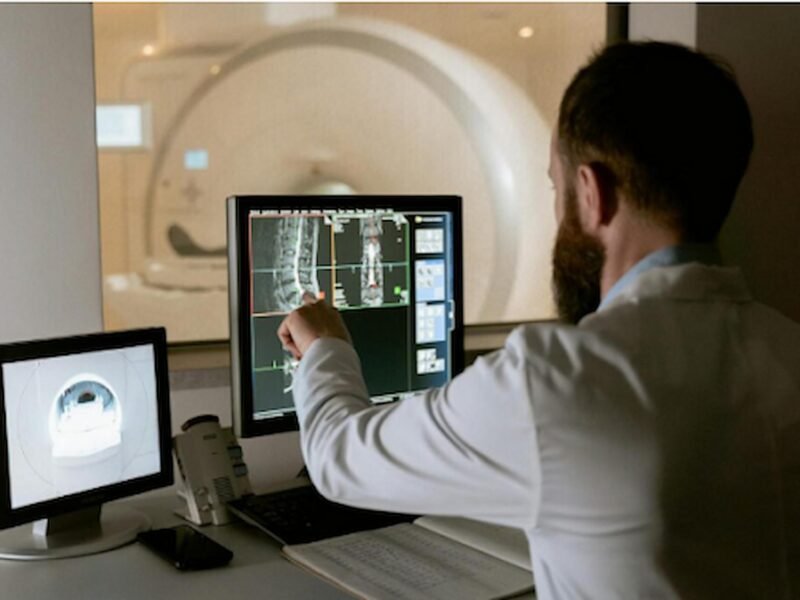What’s Legionella Risk Assessment?
Technical analysis with both physical and administrative components makes up a legionella risk assessment. It should be performed by a qualified professional to assure consistency and security.
Where May The Bacterium Legionella Grow?
Lakes, reservoirs, rivers, and streams are examples of groundwater sources where Legionella bacteria can be found. They are also present in man-made water systems including chilled water radiators, air conditioning systems, and spas.
Any natural or artificial water method has the capacity to turn into a Legionella breeding site given the correct host of environmental factors.
Is A Risk Assessment For Legionella Required By Law?
Every employer, tenant, or facility management has a responsibility to comprehend and control the Legionella risk in their workplace and to make sure that a Legionella Risk Assessment (LRA) of every groundwater is conducted on a regular basis.
Legionella assessment methods are a common duty that operators choose to delegate to an outside supplier.
Cost Of A Legionella Risk Evaluation
The cost of a Legionella Risk Assessment is strongly correlated with the size and complexity of the structure and its water systems.
More complex sites may cost more than £2,000 for a normal examination, which typically costs around £250.
Does Legionella Have A Safe Level?
Legionella contamination in freshwater systems in buildings has no known acceptable level. Very low Legionella concentrations in building drainage systems have been linked to cases of illness.
A water management program’s goal should be to control building water infrastructure to lessen potentially dangerous conditions that encourage Legionella growth.
Is The Legionnaires’ Disease Curable?
Antibiotics are necessary for the treatment of legionnaires’ disease, and the majority of cases can be cured. After contracting Legionnaires’ disease, better and healthier people typically recover, but they frequently require hospital treatment.
Is There A Scent Of Legionella?
Legionella can indeed be smelled. When your water is tainted, it may have a characteristic “rotten egg” or sulphur scent.
Legionnaires’ Illness Is Contagious Only Once
Given that Legionella bacteria come in a variety of types, getting it more than once is highly likely. Therefore, it’s critical to practise safety and avoid taking any unnecessary risks. For the aged people and other individuals who are susceptible to contracting the germs, it’s crucial to see a physician as quickly as the illness occurs so as to allow him to determine whether the patient has Legionella illness or not.
Conclusion
It is required by law for buildings to do a Legionella Risk Assessment, and managers and owners have a responsibility of care to the occupants. An inspection of the water system should be part of the practical risk assessment. A template that may be customised and is appropriate for a simple system is connected. Each section highlighted in blue must be filled out by the evaluator.


